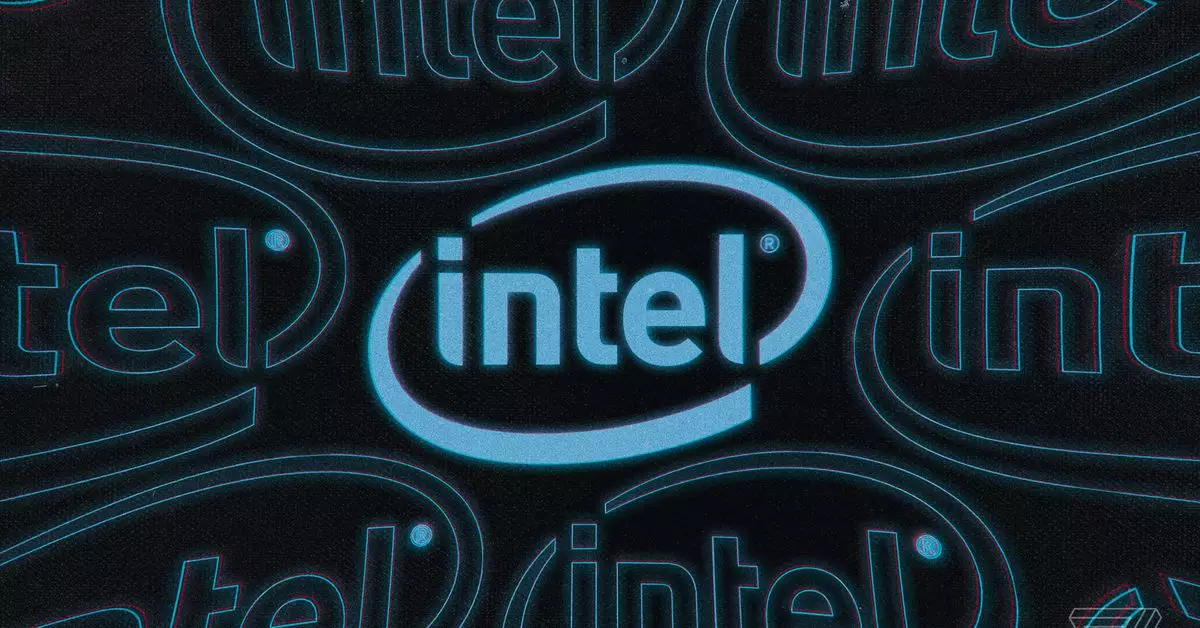Intel’s new Arrow Lake-based Core Ultra 9 200S-series processors have faced significant scrutiny since their release, particularly in the gaming sector. The reviews, tinged with disappointment, especially highlight that the performance does not meet the expectations set by both consumers and industry analysts. Such underwhelming feedback raises concerns about Intel’s strategic direction, especially considering their established history and experience in the semiconductor arena. Various reviews, including those by prominent tech outlets, suggest that despite some advancements in energy efficiency, the gaming performance of these processors is not only trailing behind their predecessors but is also failing to compete meaningfully with AMD’s Ryzen alternatives.
Robert Hallock, Intel’s VP and General Manager of client AI and technical marketing, recently addressed these critiques, emphasizing that the company is well aware of the performance deficits. In interviews, he conveyed a candid acknowledgment of the situation, indicating the company’s commitment to rectifying these issues. Hallock stressed that the implications of the Arrow Lake chips’ performance issues are attributable solely to Intel’s engineering choices, with no external factors like Microsoft’s software contributing to the problem. This transparency is crucial for consumer confidence, signaling that the company is not deflecting responsibility but rather taking ownership of the performance gap.
The landscape of desktop processors has noticeably tilted in AMD’s favor, especially with their Ryzen 9800X3D model, which has shown remarkable gaming capabilities and competitive edge over Intel’s latest offerings. This comparative analysis is particularly stark when one considers that Intel’s previous chips, like the Raptor Lake series, relatively outperformed the current Arrow Lake lineup in gaming contexts. The ongoing competition between the two tech giants serves as a backdrop for analyzing Intel’s strategic missteps or oversights, questioning whether the focus on efficiency may have come at the cost of raw gaming power that enthusiasts prioritize.
Despite the disappointing reception, Hallock has projected optimism regarding future updates. Intel aims to provide a comprehensive evaluation of the performance issues along with an estimated timeline for fixes by late November or early December. This indicates that the company does not consider the Arrow Lake chips a lost cause; rather, they seem to believe adjustments can yield improved performance outcomes. For consumers eagerly awaiting enhancements, this update may carry significant implications, as it reflects Intel’s responsiveness and future-oriented approach to its chipset designs.
The Arrow Lake processors serve as a reminder of the fast-evolving nature of technology and the fierce competition in the semiconductor industry. While initial reviews paint a daunting picture, Intel’s engagement in addressing these challenges could pave the way for necessary innovations. As the company gears towards solutions, the tech community watches closely, hoping these forthcoming updates will resolve existing issues and restore Intel’s stature in the gaming performance arena. Ultimately, the ability to adapt and innovate will determine Intel’s legacy in a market that is becoming increasingly dominated by its competitors.

